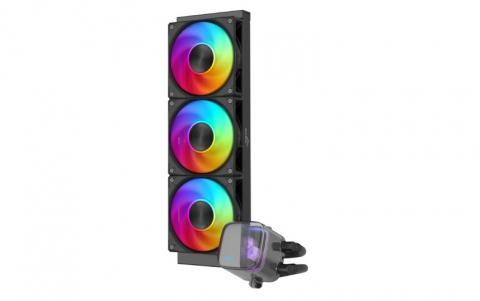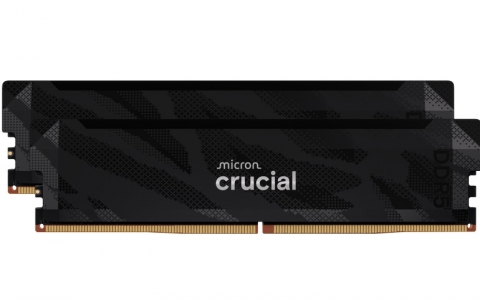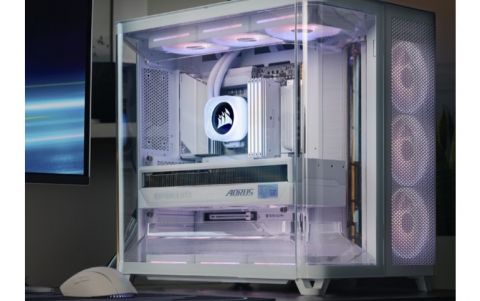
CUDA 6 Programming Tools Speed Up GPU Performance
NVIDIA today announced NVIDIA CUDA 6, the latest version of its parallel computing platform and programming model. CUDA 6 offers, among other, complete unified memory support.
The CUDA 6 platform makes parallel programming easier enabling software developers to decrease the time and effort required to accelerate their scientific, engineering, enterprise and other applications with GPUs.
The updated platform offers new performance enhancements that enable developers to instantly accelerate applications up to 8X by replacing existing CPU-based libraries. Key features of CUDA 6 include:
- Unified Memory -- Simplifies programming by enabling applications to access CPU and GPU memory without the need to manually copy data from one to the other, and makes it easier to add support for GPU acceleration in a wide range of programming languages.
- Drop-in Libraries -- Automatically accelerates applications' BLAS and FFTW calculations by up to 8X by simply replacing the existing CPU libraries with the GPU-accelerated equivalents.
- Multi-GPU Scaling -- Re-designed BLAS and FFT GPU libraries automatically scale performance across up to eight GPUs in a single node, delivering over nine teraflops of double precision performance per node, and supporting larger workloads than ever before (up to 512GB). Multi-GPU scaling can also be used with the new BLAS drop-in library.
CUDA 6 comes ahead of NVIDIA's upcoming Maxwell GPU architecture, which will also support unified memory.

In addition to the new features, the CUDA 6 platform offers a suite of programming tools, GPU-accelerated math libraries, documentation and programming guides.
Version 6 of the CUDA Toolkit is expected to be available to the members of the CUDA-GPU Computing Registered Developer Program in early 2014.
NVIDIA will be showing off CUDA 6 at SC13 next week.
The updated platform offers new performance enhancements that enable developers to instantly accelerate applications up to 8X by replacing existing CPU-based libraries. Key features of CUDA 6 include:
- Unified Memory -- Simplifies programming by enabling applications to access CPU and GPU memory without the need to manually copy data from one to the other, and makes it easier to add support for GPU acceleration in a wide range of programming languages.
- Drop-in Libraries -- Automatically accelerates applications' BLAS and FFTW calculations by up to 8X by simply replacing the existing CPU libraries with the GPU-accelerated equivalents.
- Multi-GPU Scaling -- Re-designed BLAS and FFT GPU libraries automatically scale performance across up to eight GPUs in a single node, delivering over nine teraflops of double precision performance per node, and supporting larger workloads than ever before (up to 512GB). Multi-GPU scaling can also be used with the new BLAS drop-in library.
CUDA 6 comes ahead of NVIDIA's upcoming Maxwell GPU architecture, which will also support unified memory.

In addition to the new features, the CUDA 6 platform offers a suite of programming tools, GPU-accelerated math libraries, documentation and programming guides.
Version 6 of the CUDA Toolkit is expected to be available to the members of the CUDA-GPU Computing Registered Developer Program in early 2014.
NVIDIA will be showing off CUDA 6 at SC13 next week.

















